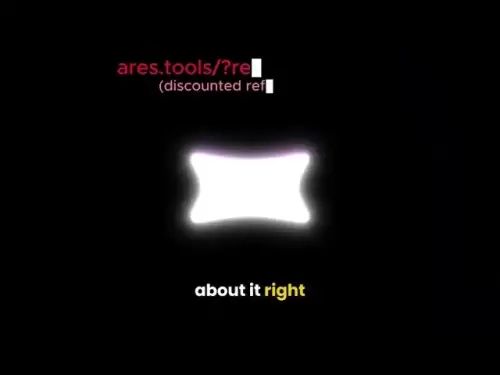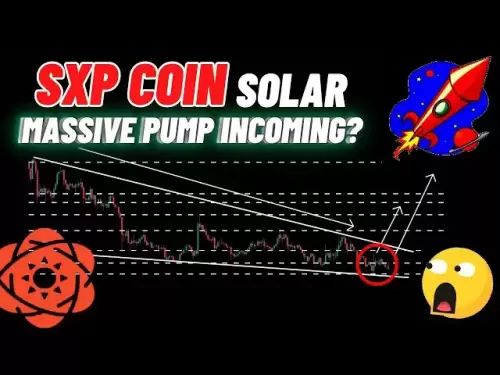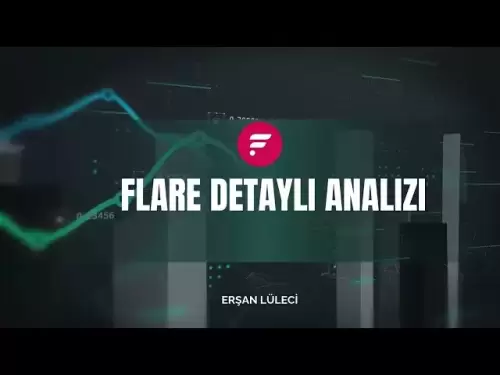-
 Bitcoin
Bitcoin $117500
2.04% -
 Ethereum
Ethereum $3759
3.02% -
 XRP
XRP $3.171
3.30% -
 Tether USDt
Tether USDt $1.000
0.03% -
 BNB
BNB $782.4
2.52% -
 Solana
Solana $187.2
5.62% -
 USDC
USDC $0.0000
0.02% -
 Dogecoin
Dogecoin $0.2380
5.26% -
 TRON
TRON $0.3175
1.07% -
 Cardano
Cardano $0.8227
4.03% -
 Hyperliquid
Hyperliquid $44.50
5.44% -
 Sui
Sui $4.020
10.07% -
 Stellar
Stellar $0.4396
6.28% -
 Chainlink
Chainlink $18.32
4.55% -
 Hedera
Hedera $0.2628
10.71% -
 Bitcoin Cash
Bitcoin Cash $554.8
4.90% -
 Avalanche
Avalanche $24.20
4.60% -
 Litecoin
Litecoin $113.7
2.31% -
 Shiba Inu
Shiba Inu $0.00001413
5.99% -
 UNUS SED LEO
UNUS SED LEO $8.984
0.11% -
 Toncoin
Toncoin $3.326
7.22% -
 Ethena USDe
Ethena USDe $1.001
0.00% -
 Uniswap
Uniswap $10.49
4.56% -
 Polkadot
Polkadot $4.092
4.02% -
 Monero
Monero $326.6
1.30% -
 Dai
Dai $1.000
-0.01% -
 Bitget Token
Bitget Token $4.570
2.49% -
 Pepe
Pepe $0.00001267
5.10% -
 Aave
Aave $297.3
3.10% -
 Cronos
Cronos $0.1344
4.10%
How to read the Gate.io futures order book?
The Gate.io futures order book shows real-time buy and sell orders, helping traders assess market depth, spot imbalances, and detect potential manipulation like spoofing.
Jul 26, 2025 at 04:43 am
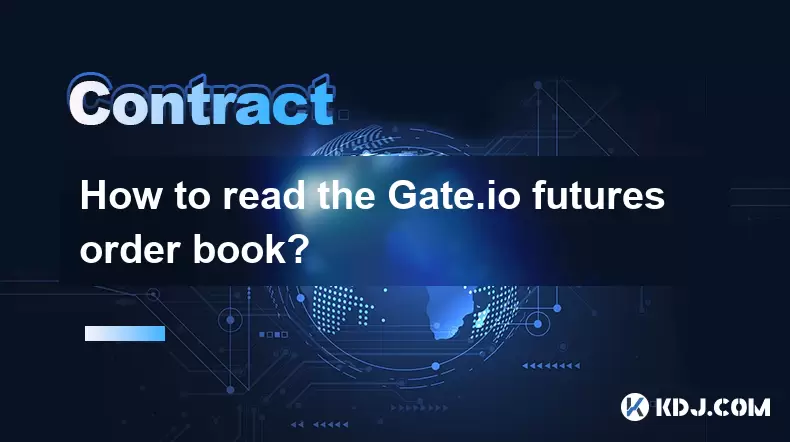
Understanding the Gate.io Futures Order Book Interface
The Gate.io futures order book displays real-time buy (bids) and sell (asks) orders for a specific futures contract. It's typically split into two columns: the left side shows the bid prices (what buyers are willing to pay), and the right side shows the ask prices (what sellers are asking for). The middle column often indicates the price difference or the current market price. Each row represents a price level, with corresponding quantities available at that level. Traders use this to assess market depth and potential price movement.
Key Components of the Order Book
- Price: The bid or ask price per contract.
- Amount: The total number of contracts available at that price.
- Total: Cumulative quantity from the top of the book down to that level.
- Market Depth Chart: A visual graph (usually at the top or bottom) showing cumulative buy and sell volume. This helps identify support and resistance zones.
- Last Traded Price: Highlighted in real time, this shows the most recent execution price.
These elements allow traders to spot imbalances — for example, if the total bid volume significantly exceeds ask volume, it may indicate bullish pressure.
How to Interpret Market Depth
Market depth reveals liquidity and potential price trends. If large buy orders cluster just below the current price, it suggests strong support. Conversely, dense sell orders above the current price indicate resistance. Traders look for: - Order book imbalance: A sudden surge in bid volume might precede a price increase.
- Hidden liquidity: Large orders not visible in the top levels may be placed as iceberg orders.
- Slippage risk: Thin order books (few orders at each level) can cause large price movements when market orders execute.
Monitoring how the depth changes over time — especially during news events — helps anticipate volatility. The depth chart’s slope visually conveys whether buyers or sellers dominate.
Step-by-Step Guide to Reading the Order Book on Gate.io
- Navigate to the Gate.io futures trading page and select your desired contract (e.g., BTC/USDT perpetual).
- Locate the order book panel, usually on the right side of the chart.
- Hover over or click on any row in the bid or ask column to see exact values for price, amount, and total.
- Observe the depth chart above the order book — note where the green (buy) and red (sell) areas diverge.
- Watch the “Last Price” marker move across the depth chart in real time — this shows where recent trades occurred.
- Use the “Size” filter (if available) to adjust how many price levels are displayed — useful for reducing noise.
This process enables traders to make data-driven decisions, such as placing limit orders just inside dense bid clusters to improve fill probability.
Detecting Manipulation and Spoofing
Spoofing occurs when traders place large orders not intended to execute but to mislead others. On Gate.io, signs include: - Sudden appearance of massive bids or asks that disappear before execution.
- Repeated placement and cancellation of orders at round numbers (e.g., $60,000 for BTC).
- A lopsided order book that doesn’t reflect actual trade flow — check recent trades tab for confirmation.
To counter this, focus on the top 3 price levels where real trading happens. If those levels show consistent volume while deeper levels fluctuate, the top of the book is more reliable.
Using the Order Book for Trade Execution
- If you want to buy quickly, place a market order — but check the ask side first to estimate slippage.
- For better pricing, place a limit order just above the highest bid — this may get filled if sellers are aggressive.
- In a fast-moving market, watch for rapid changes in the best bid/ask spread — a widening spread suggests uncertainty.
- Use the “Post Only” option to ensure your limit order doesn’t become a market order accidentally.
Always cross-reference with the time & sales window to see actual executed trades — this confirms whether the order book reflects real activity or just noise.
Frequently Asked Questions
What does a red or green row mean in the Gate.io futures order book?
Red rows indicate sell orders (asks), while green rows indicate buy orders (bids). This color coding helps traders quickly distinguish between supply and demand pressure at each price level.Can I see historical order book data on Gate.io?
Gate.io does not provide built-in historical order book data in its interface. Third-party tools or API access may be required to retrieve past order book snapshots for analysis.Why do some price levels show huge volumes but no trades occur?
These are often spoofed or placeholder orders. Traders place them to create psychological resistance or support. Always verify with the recent trades panel to see if actual volume is matching the displayed order book depth.How often is the Gate.io futures order book updated?
The order book updates in real time, typically every few hundred milliseconds. During high volatility, updates may appear faster due to increased order flow and cancellations.
Disclaimer:info@kdj.com
The information provided is not trading advice. kdj.com does not assume any responsibility for any investments made based on the information provided in this article. Cryptocurrencies are highly volatile and it is highly recommended that you invest with caution after thorough research!
If you believe that the content used on this website infringes your copyright, please contact us immediately (info@kdj.com) and we will delete it promptly.
- Pi Coin, Wallet Features, and Coinbase: What's the Buzz?
- 2025-07-26 18:30:12
- Worldcoin, Punisher Coin, and the Meme Coin Mania: What's the Haps?
- 2025-07-26 18:30:12
- Conviction, Justice System, and Murders: A Look at Recent Cases and Shifting Perspectives
- 2025-07-26 18:50:11
- Shiba Inu, Remittix, and the Market Surge: What's the Hype?
- 2025-07-26 19:10:12
- Cardano Price, ADA Holders, and Leadership Criticism: What's the Real Deal?
- 2025-07-26 19:30:12
- MicroStrategy, Bitcoin, and XRP Whale Dumps: What's the Deal?
- 2025-07-26 19:30:12
Related knowledge

Why is my Bitstamp futures position being liquidated?
Jul 23,2025 at 11:08am
Understanding Futures Liquidation on BitstampFutures trading on Bitstamp involves borrowing funds to open leveraged positions, which amplifies both po...

Does Bitstamp offer inverse contracts?
Jul 23,2025 at 01:28pm
Understanding Inverse Contracts in Cryptocurrency TradingIn the realm of cryptocurrency derivatives, inverse contracts are a specific type of futures ...

How to find your Bitstamp futures trade history?
Jul 23,2025 at 08:07am
Understanding Bitstamp and Futures Trading AvailabilityAs of the current state of Bitstamp’s service offerings, it is critical to clarify that Bitstam...

Can I use a trailing stop on Bitstamp futures?
Jul 23,2025 at 01:42pm
Understanding Trailing Stops in Cryptocurrency TradingA trailing stop is a dynamic type of stop-loss order that adjusts automatically as the price of ...

Can I use a trailing stop on Bitstamp futures?
Jul 25,2025 at 02:28am
Understanding Trailing Stops in Cryptocurrency Futures TradingA trailing stop is a dynamic type of stop-loss order that adjusts automatically as the m...
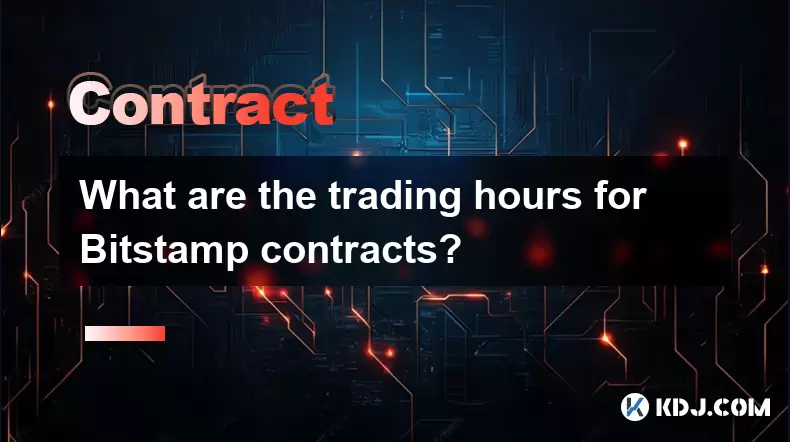
What are the trading hours for Bitstamp contracts?
Jul 24,2025 at 11:56am
Understanding Bitstamp and Contract Trading AvailabilityBitstamp is one of the longest-standing cryptocurrency exchanges, established in 2011 and head...

Why is my Bitstamp futures position being liquidated?
Jul 23,2025 at 11:08am
Understanding Futures Liquidation on BitstampFutures trading on Bitstamp involves borrowing funds to open leveraged positions, which amplifies both po...

Does Bitstamp offer inverse contracts?
Jul 23,2025 at 01:28pm
Understanding Inverse Contracts in Cryptocurrency TradingIn the realm of cryptocurrency derivatives, inverse contracts are a specific type of futures ...

How to find your Bitstamp futures trade history?
Jul 23,2025 at 08:07am
Understanding Bitstamp and Futures Trading AvailabilityAs of the current state of Bitstamp’s service offerings, it is critical to clarify that Bitstam...

Can I use a trailing stop on Bitstamp futures?
Jul 23,2025 at 01:42pm
Understanding Trailing Stops in Cryptocurrency TradingA trailing stop is a dynamic type of stop-loss order that adjusts automatically as the price of ...

Can I use a trailing stop on Bitstamp futures?
Jul 25,2025 at 02:28am
Understanding Trailing Stops in Cryptocurrency Futures TradingA trailing stop is a dynamic type of stop-loss order that adjusts automatically as the m...

What are the trading hours for Bitstamp contracts?
Jul 24,2025 at 11:56am
Understanding Bitstamp and Contract Trading AvailabilityBitstamp is one of the longest-standing cryptocurrency exchanges, established in 2011 and head...
See all articles





















